Is Drinking Alcohol After Working Out Bad For You?
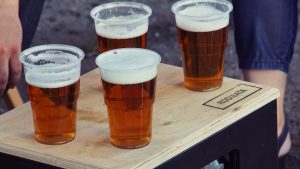 When you’ve finished your workout, you want to celebrate and relax, but is drinking alcohol after working out the way to do it? At Liv Fitness in Dublin, CA we don’t recommend you do it habitually. It adds extra empty calories and hurts efforts to lose weight. Calories come from everything you consume, whether it’s food or drink and those calories are stored as fat, often around the belly.
When you’ve finished your workout, you want to celebrate and relax, but is drinking alcohol after working out the way to do it? At Liv Fitness in Dublin, CA we don’t recommend you do it habitually. It adds extra empty calories and hurts efforts to lose weight. Calories come from everything you consume, whether it’s food or drink and those calories are stored as fat, often around the belly.
Alcohol makes it harder to lose weight.
After a tough workout, your body continues to burn calories, but not if you’re slowing that process with a few alcoholic drinks. Alcohol is recognized as a toxin by the body and it immediately activates the liver to rid the body of the toxin. That means it isn’t performing the task of breaking down the fat in the body. The process causes glucose levels to drop and leaves you feeling hungry, which makes you eat more and burn fewer calories from fat.
Is building muscle one of your goals? Skip the booze right after exercise.
When you consume alcohol, the cortisol levels in your body increase and that slows the process of recovery. The elevation of cortisol also decreases testosterone levels, while it prevents or slows protein synthesis. Again, the process of removing the alcohol is what causes these functions to be put on hold. While occasionally having a drink won’t affect you that much, doing it on a regular basis will slow your progress.
Besides reducing the rate of protein synthesis up to 37%, alcohol is a diuretic.
You’ll slow the uptake of protein, slowing the process of building muscles, but even worse, you’ll deplete your body of fluids. If you’ve just completed a high intensity workout, you probably sweat a lot, too. Your body may already be dehydrated and since alcohol is a diuretic, it can exacerbate the problem. It takes longer to restore the fluid, increase blood volume and replace electrolytes lost. If you have an injury, drinking alcohol after a workout can make swelling worse, since it expands blood vessels and inhibits testosterone. You need water and a snack that has both carbs and protein after a workout, not alcohol.
- If you want a drink after a workout, make it a beer. Beer can help replace carbs and electrolytes. It’s best if you drink it with water on the side and sip on the beer, then on the water.
- Some types of alcohol have been shown to aid in immune functioning and reduce the risk of heart disease and dementia. However, wait for a few hours after your workout to allow recovery before you drink for the best results.
- Alcohol makes it harder to build muscle, but it also makes it harder to lose weight. It can cause spikes in insulin, which aids to insulin resistance, weight gain—especially around the belly and makes weight loss more difficult.
- If you’re trying to keep your appetite under control, skip the alcoholic drink. Studies show that people who drink alcohol with a dinner ate more than those who didn’t.
For more information, contact us today at LIV Fitness



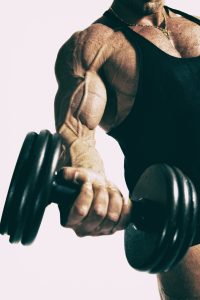 Whether you choose to come into LIV Fitness Center in Dublin, CA, or use our fitness app and workout at home, we provide help. We work with people of all ages and levels of fitness. One of the hardest types of training when people first start is strength or weight training. Most people are comfortable with aerobic training, since they know how to walk or run, but fear they’ll pull a muscle or build up too much bulk with weight training. Here’s a beginner’s guide to weight training to help you get through the first few hurdles.
Whether you choose to come into LIV Fitness Center in Dublin, CA, or use our fitness app and workout at home, we provide help. We work with people of all ages and levels of fitness. One of the hardest types of training when people first start is strength or weight training. Most people are comfortable with aerobic training, since they know how to walk or run, but fear they’ll pull a muscle or build up too much bulk with weight training. Here’s a beginner’s guide to weight training to help you get through the first few hurdles.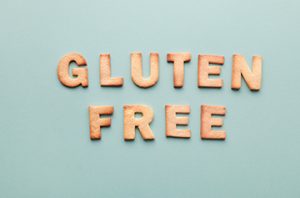 Isn’t it amazing how science finds something new and suddenly it’s all the rage? For instance, when doctors finally realized that some people had issues with gluten, gluten-free options became the latest craze. Unfortunately, even though advertisers equate gluten-free with healthy, that’s not necessarily true. Many gluten free foods are actually loaded with calories, since brown rice flour, corn starch and other ingredients are used to give the texture of gluten. If you’re trying to lose weight, it may do just the opposite unless you chose carefully. Here are some gluten free foods for dieting that will help you reach your goal.
Isn’t it amazing how science finds something new and suddenly it’s all the rage? For instance, when doctors finally realized that some people had issues with gluten, gluten-free options became the latest craze. Unfortunately, even though advertisers equate gluten-free with healthy, that’s not necessarily true. Many gluten free foods are actually loaded with calories, since brown rice flour, corn starch and other ingredients are used to give the texture of gluten. If you’re trying to lose weight, it may do just the opposite unless you chose carefully. Here are some gluten free foods for dieting that will help you reach your goal.
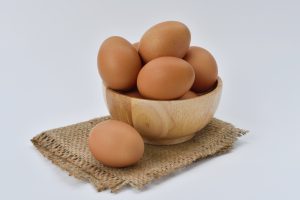 It’s no secret, prices at the grocery are rising, so finding ways to save money without compromising quality can be important. You don’t have to be on a limited budget to appreciate that. Some people are opting for meatless Monday’s and while that normally means beans or plant based protein sources, it can also mean choosing an egg as a source of protein. There’s a lot of protein in an egg, and unlike many plant proteins, it’s a complete protein.
It’s no secret, prices at the grocery are rising, so finding ways to save money without compromising quality can be important. You don’t have to be on a limited budget to appreciate that. Some people are opting for meatless Monday’s and while that normally means beans or plant based protein sources, it can also mean choosing an egg as a source of protein. There’s a lot of protein in an egg, and unlike many plant proteins, it’s a complete protein.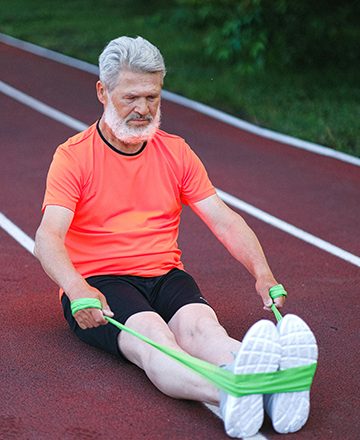
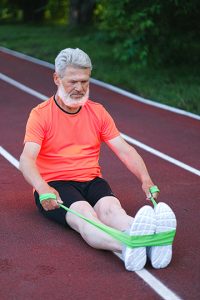 One of the problems associated with staying fit as you age is the nature of aging. Your body produces fewer hormones, such as testosterone, which makes building muscle easier. Menopausal women tend to have hormonal changes that can cause abdominal fat accumulation. Sarcopenia—age related muscle loss—has another effect on the body. It can affect your metabolism. The more muscle you have, the more calories you burn, since muscle tissue requires more calories than fat tissue does. A slower metabolism can mean you gain weight easier. Even protein processing, necessary for building muscle, is more inefficient.
One of the problems associated with staying fit as you age is the nature of aging. Your body produces fewer hormones, such as testosterone, which makes building muscle easier. Menopausal women tend to have hormonal changes that can cause abdominal fat accumulation. Sarcopenia—age related muscle loss—has another effect on the body. It can affect your metabolism. The more muscle you have, the more calories you burn, since muscle tissue requires more calories than fat tissue does. A slower metabolism can mean you gain weight easier. Even protein processing, necessary for building muscle, is more inefficient.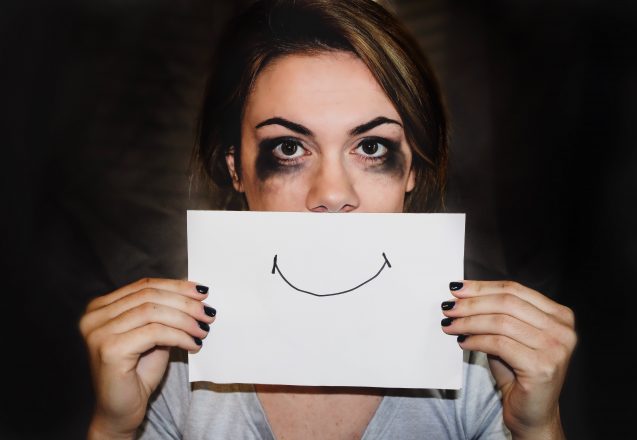
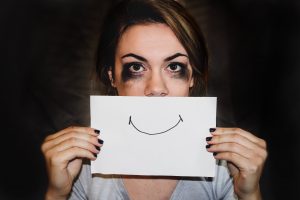 At least once a day, a client will say how good he or she feels after a workout at LIV Fitness in Dublin, CA. While it would be nice to say it only happens here, it wouldn’t be true. There are a number of reasons people feel renewed and relaxed after they workout, no matter where they workout. One of those is that fitness helps your mental health. It burns off the hormones of stress and replaces them with ones that make you feel at ease.
At least once a day, a client will say how good he or she feels after a workout at LIV Fitness in Dublin, CA. While it would be nice to say it only happens here, it wouldn’t be true. There are a number of reasons people feel renewed and relaxed after they workout, no matter where they workout. One of those is that fitness helps your mental health. It burns off the hormones of stress and replaces them with ones that make you feel at ease.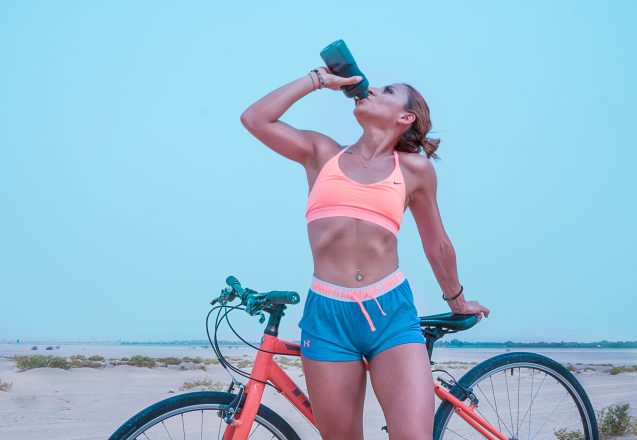
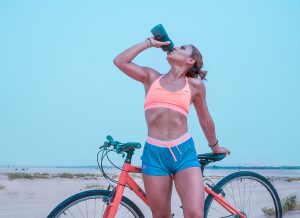 For most people it’s a no-brainer. If you want to safely workout in the heat, do your workout in an air-conditioned gym. But when the weather is warm and the sun is high in the sky, outside activities beckon you and those need to be done safely, too. While exposure to the sun a few days a week for up to 20 minutes is important for vitamin D production, more than that can lead to skin damage, which could lead to cancer. The first rule of safety is to apply sunscreen and the second is to avoid the midday sun.
For most people it’s a no-brainer. If you want to safely workout in the heat, do your workout in an air-conditioned gym. But when the weather is warm and the sun is high in the sky, outside activities beckon you and those need to be done safely, too. While exposure to the sun a few days a week for up to 20 minutes is important for vitamin D production, more than that can lead to skin damage, which could lead to cancer. The first rule of safety is to apply sunscreen and the second is to avoid the midday sun.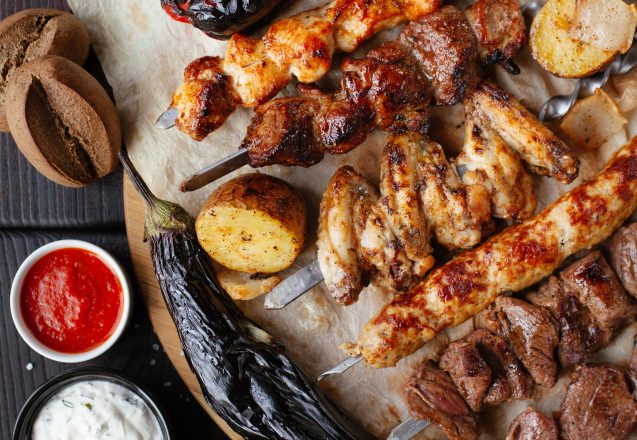
 We’ll help you achieve your goals at LIV Fitness in Dublin, CA with both a program of nutrition and exercise. It doesn’t matter what your goal, eating healthy is important. That involves not only choosing the right balance of macronutrients, but also identifying which specific food within that group is better, such as finding the most digestible and best protein. You need more than just exercise to lose weight, build muscle or just be your healthiest.
We’ll help you achieve your goals at LIV Fitness in Dublin, CA with both a program of nutrition and exercise. It doesn’t matter what your goal, eating healthy is important. That involves not only choosing the right balance of macronutrients, but also identifying which specific food within that group is better, such as finding the most digestible and best protein. You need more than just exercise to lose weight, build muscle or just be your healthiest.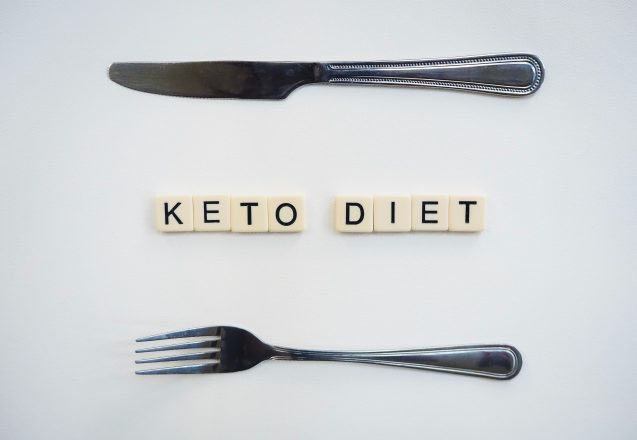
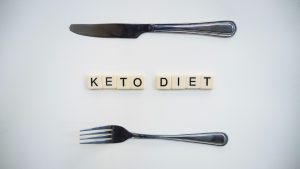 The KETO diet has become popular for a number of reasons. It lets you eat bacon, steak and seafood you want, which is the dream of most people trying to lose weight and it works. It’s not a new diet. It’s been used since the 1920s to help control seizures, but became popular with bodybuilders in the 1908s and made its way to the general public more recently. It elicits ketosis. That’s the process where the body converts fats to ketones for energy, rather than using glucose from carbs.
The KETO diet has become popular for a number of reasons. It lets you eat bacon, steak and seafood you want, which is the dream of most people trying to lose weight and it works. It’s not a new diet. It’s been used since the 1920s to help control seizures, but became popular with bodybuilders in the 1908s and made its way to the general public more recently. It elicits ketosis. That’s the process where the body converts fats to ketones for energy, rather than using glucose from carbs.
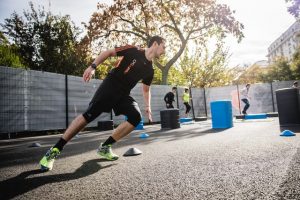 Who wouldn’t want to find workouts that burn 1000 calories? It would help speed up weight loss and get you in shape faster. While there are workouts that burn that many calories, it doesn’t happen for everyone doing them. The amount of calories burned is based on the person’s body build, the intensity of the workout and the number of calories it causes the body to burn after the workout, which is called afterburn. It increases metabolism for up to 72 hours after the workout is finished.
Who wouldn’t want to find workouts that burn 1000 calories? It would help speed up weight loss and get you in shape faster. While there are workouts that burn that many calories, it doesn’t happen for everyone doing them. The amount of calories burned is based on the person’s body build, the intensity of the workout and the number of calories it causes the body to burn after the workout, which is called afterburn. It increases metabolism for up to 72 hours after the workout is finished.